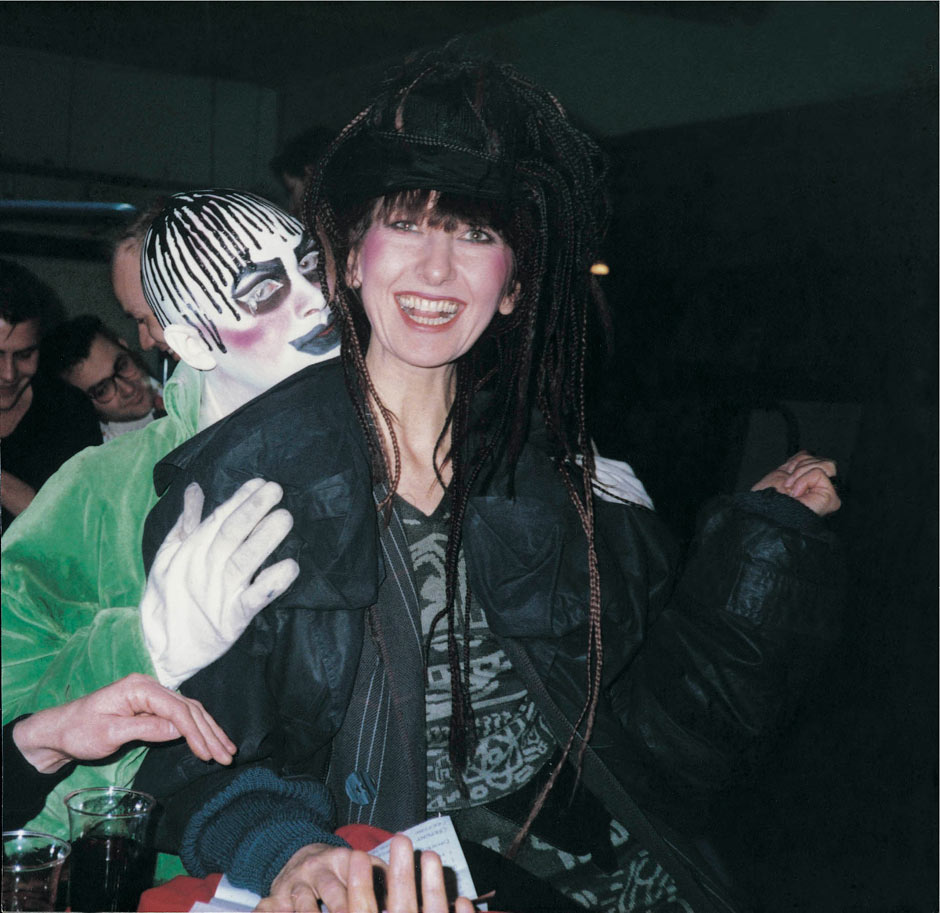- He has Tony awards for Swan Lake and Oliver awards
- Applied to Cenral school of speech and drama to be a stage manager, but after speaking to the stage manager of the youth theatre he helped at, then turned the place down
- He took A Levels and O Levels at the same time after deciding to be a designer
- Went to Central School of Art and Design
- Worked with Christopher Gable of Northern ballet- turned to dance theatre, working on narrative work, as theatre, opera, character and production designer
- First collaboration with Matthew Bourne in Highland Fling in 1994
- Matt and Lez believe "I don't think there are any new ideas; there are only new interpretations of old ideas" "I just think there are ideas floating out there and somehow we all latch onto them"
- Enjoys working on narrative story based work, whether it's ballet, opera or dance
- Costume/prop work at school on The Last Emperor, Highlander
- Would like to do film costume if it could be designed and made by him
- Worked with Adam Cooper
- He claims there is no secret to designing for ballet, there's about 4 things to know
- The most important thing is the idea
- Prefer designing both costume and set, opposed to working with just one or the other
On Saturday 7th we travelled over to Sadlers Wells theatre in London from Shepherds Bush, to see Swan Lake and meet Lez Brotherston. When we arrived I found my way to the stage door cafe to find Lez sitting with Etta Murfitt, Associte Director of New Adventures. Both Etta and Lez were very friendly and welcoming, which was nice as I was feeling a bit nervous about the meeting, unfortunately Etta had to be somewhere so couldn't stick around, but it meant we could crack on with the interview.
Preprepared Questions:
- What made you realise you wanted to be a designer?
- Where did your interest in theatre come from?
- Which A Levels/O Levels did you choose? Did they impact you career?
- Favourite Bourne production you've worked on?
- How do you work past mental blocks, trying to think of something new and original?
- Do you have any regrets, about career choices?
- Do you have any advice for young aspiring designers?
Responses:
- Lez attended Youth Theatre from a young age into his late teens, this is where his interest in theatre came from, as he got older he was less interested in being on stage, but more interested in the back stage areas of the production, often assisting the stage manager, and creating sets and props.
- After realising he wanted to be a designer he took his A Levels and O Levels at the same time, do a mix of sciences and arts
- At the Central School Of Art he had a small class of 19 people, including the current designer of the west end production of War Horse, and the designer for Curious Incident Of The Dog In The Night Time in the year below
- On his course they learnt about the cut of women's clothes opposed to just period wear, this is so it can be applied to any design.
- The next new production is always the most exciting as new designs can be created
- If you get stuck for an idea, always return to the source and reread briefs, as the answer will be there
- The idea of vampire fairies in the recent production of Sleeping Beauty came by referring back to the story and considering how it could work. The prince just appears at the end, but where does he come from? How does he know about the princess? They wanted to make the prince be around at the beginning too, so there is a connection, but then how would he survive for 100 years? Perhaps if he was bitten by a vampire, one of the fairy vampires could keep an eye out for the princess, so keeps the prince alive to save them both for a happy ending.. These were the kind of ideas Lez and Matt brainstorm at the start of a new production.
- When making models or prototypes, use as much detail as possible so that it is easily interpreted by everyone
- Lez has worked on designing and directing lord of the flies, however it is not a New Adventures production it is a Rebourne project, an educational programme to encourage young boys to dance
- When working on large productions, you get to know the dancers and performers through things such as costume fittings, this becomes quite important, in order to know about different dancers needs, e.g heel height
- Many people work on the production and on the design aspects as a team: Production manager, Props Supervisor and Costume Supervisor, among various makers. Colin Falconer has worked closely with Lez on sets, it's useful to work with people you have worked with before as you can refer back to previous projects for aspects of design or production that you may want to repeat
- Lez no longer makes the costumes or sets, only designs, however earlier in your career you're more likely to do both
- After graduation when looking for a job, it's important to focus on your main skill, as employers will look for specialities.
- It's your own responsibility to make things happen, it's not your teachers, tutors or bosses, take the opportunities and get things done to achieve what you want to
- Employers in the industry hire on ability, not on grades, take a strong portfolio, with proof of your skills























